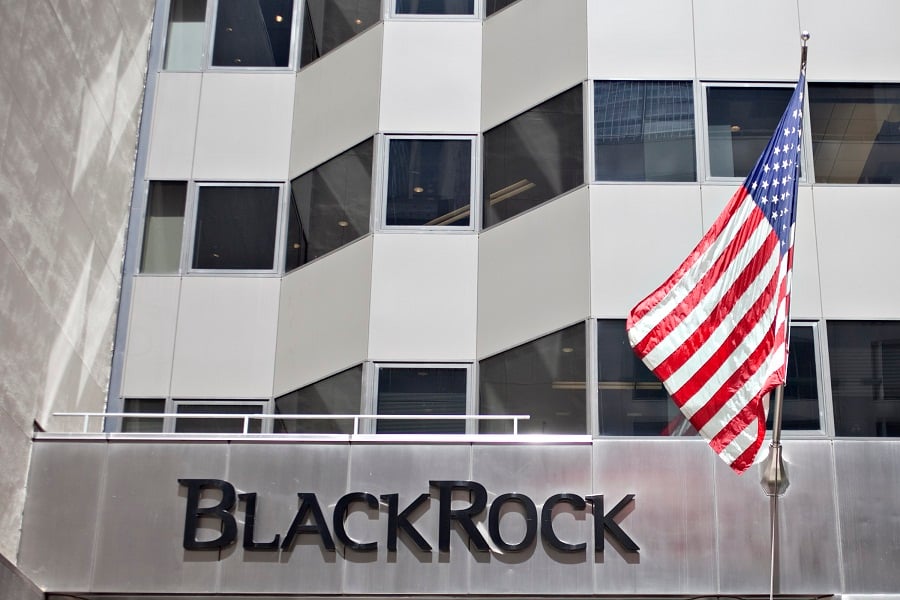Money managers are reviving one of the most profitable credit trades of 2009, thanks to the Federal Reserve.
Dozens of firms, from
BlackRock Inc. and
Voya Financial Inc. to credit specialists Palmer Square Capital Management and Varadero Capital, are raising funds to deploy into a central bank lending program that’s being resurrected to support the flow of consumer credit, according to people with knowledge of the matter.
They’re seeking to replicate the windfalls many enjoyed in the aftermath of
the financial crisis when, by taking advantage of low-cost loans via the Term Asset-Backed Securities Loan Facility, they were able to notch double-digit returns purchasing top-rated ABS as the economy recovered.
It’s the latest example of how credit managers who spent much of the past decade battling low yields are now raising cash to seize on deep discounts created by the economic fallout from the coronavirus pandemic. Investors, for their part, have been happy to oblige, piling billions of dollars into funds targeting distressed and dislocated securities as they aim to make up for steep losses elsewhere.
“If you look at what you’re getting an opportunity to invest in, it’s AAA rated paper that’s offering really healthy yields for the risk,” said Chris Long, president and founder of Palmer Square. “This go around, the TALF program is a bit more of a known entity. The fact that TALF proved so successful in 2009 really bodes well for demand.”
Lower returns
Still, some market watchers are already warning that replicating the gains of the last crisis may prove easier said than done.
On the heels of the U.S. housing collapse, asset-backed securities looked a lot more fragile in early 2009 than they do today. Average risk premiums on AAA rated ABS deals reached nearly 8%, according to Bloomberg Barclays index data. This year, they peaked around 3% in March and have since fallen to about 1.4%.
“You’re not going to get 20% to 25% returns like you did in 2009,” said Greg Leonberger, director of research at investment consulting firm Marquette Associates. “The return potential is lower because spreads are lower.”
Representatives for
BlackRock and Voya declined to comment, while Varadero didn’t immediately respond to requests seeking comment.
Some of the same firms that accessed the original program are now seeking to set up funds similarly focused on mispriced assets more than a decade later.
Pacific Investment Management Co., which is looking to raising billions of dollars to capitalize on dislocations in the fixed-income market, was among the biggest borrowers under the previous incarnation, tapping it 96 times for $7.3 billion.
BlackRock also borrowed the last go around, according to Fed records. So did Angelo Gordon & Co., which is seeking $750 million for a TALF fund.
Other asset managers are looking to get involved, too. Hildene Capital Management is raising a TALF fund, Bloomberg previously reported. Kennedy Lewis Investment Management is also considering participating after receiving interest from existing investors, said the people familiar with the matter, who asked not to be named because the details are private.
And Voya’s alternative asset management arm is targeting as much as $500 million in commitments for a new fund to take advantage of the program, according to an investor document seen by Bloomberg.
Representatives for Pimco and Kennedy Lewis declined to comment on their current fundraising activities.
Eye-Popping returns
The Fed announced the original TALF in 2008 to help support liquidity in the ABS market, where lenders bundle consumer debt like auto loans and credit card obligations into bonds that can be sold to investors. The industry was effectively frozen post-crisis, threatening consumers’ access to credit.
The central bank revived the program last month, already helping thaw the market after a similar halt in new debt issuance.
Under the terms of the new program, investment firms pledge certain types of top-rated asset-backed securities, collateralized loan obligations or commercial mortgage-backed securities as collateral and receive cheap loans from the Fed to buy new ABS.
By purchasing the securities with borrowed money and holding them as the market recovered, firms were able to net eye-popping returns from some ultra-safe securities in 2009 and 2010.
The Pimco TALF Investment and Recovery Fund, set up in 2009, posted a net 34.3% internal rate of return, according to a recent investor presentation seen by Bloomberg.
‘Collateral damage’
While potential returns may be slimmer than they were in 2009, JPMorgan Chase & Co. analysts wrote in a note earlier this month that TALF investors could gain 17% to 23% returns on ABS backed by subprime auto loans, private student-loan debt deals and car dealer inventory. But they expect most types of bonds would return in the 5% to 10% range, and said banks may ultimately do the most additional buying because their funding costs are likely lower than non-banks.
Marquette’s Leonberger estimates that many TALF funds can net between 8% and 14% in this iteration. Those are the kind of numbers that may look appealing to investors like endowments and family offices that can tolerate illiquidity, he said.
The extent money managers participate in the program will depend on their cost of capital, said Greg Cioffi, head of the asset securitization and CLO practice group at Seward & Kissel LLP in New York. His firm is in the process of helping set up a number of new funds.
“ABS is collateral damage because of COVID — there’s not the same taint as there was in 2009,” Cioffi said. “TALF is going to be broadly utilized, but it comes down to some key issues,” he said, adding that “a lot of funds will be eligible for TALF but will have other purposes. They may be buying other ABS where there are market dislocations.”
— With assistance by John Gittelsohn, and Tom Metcalf







